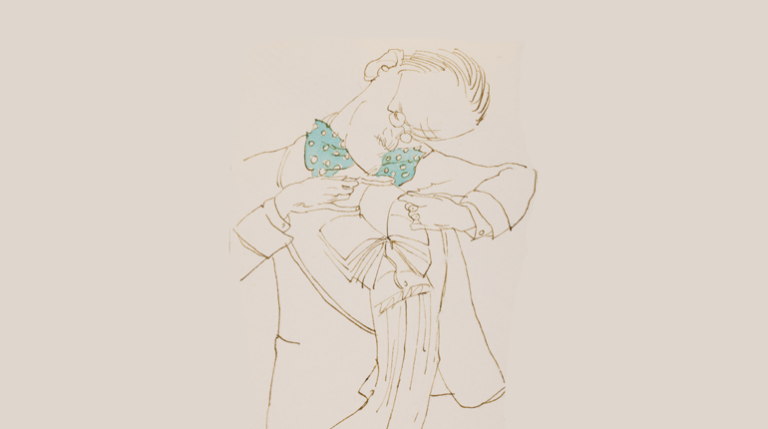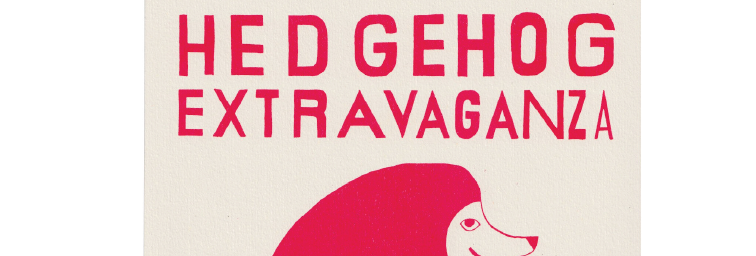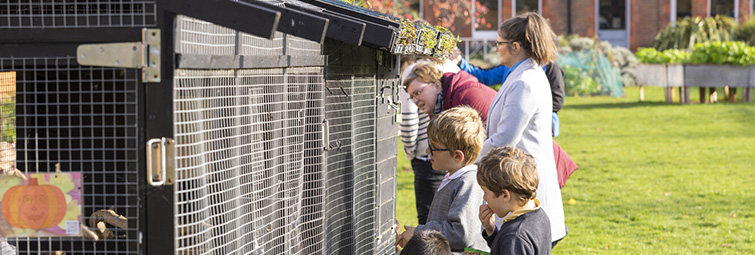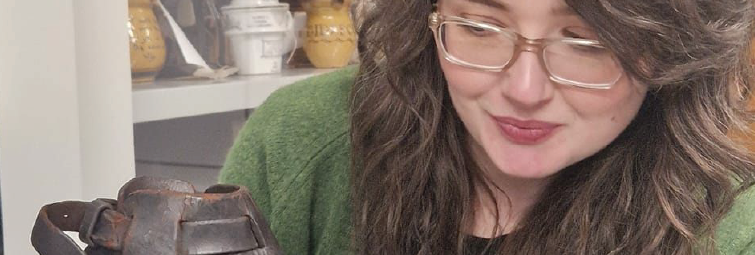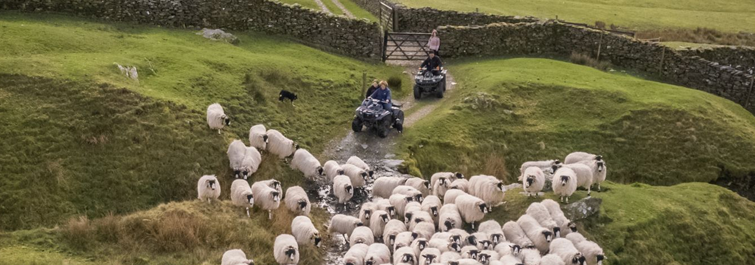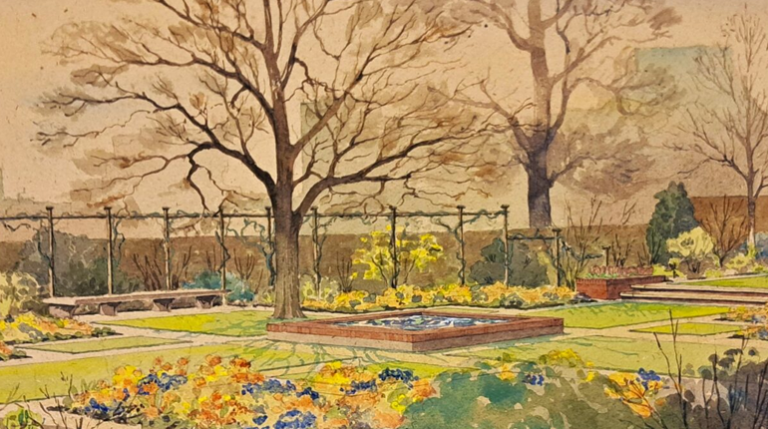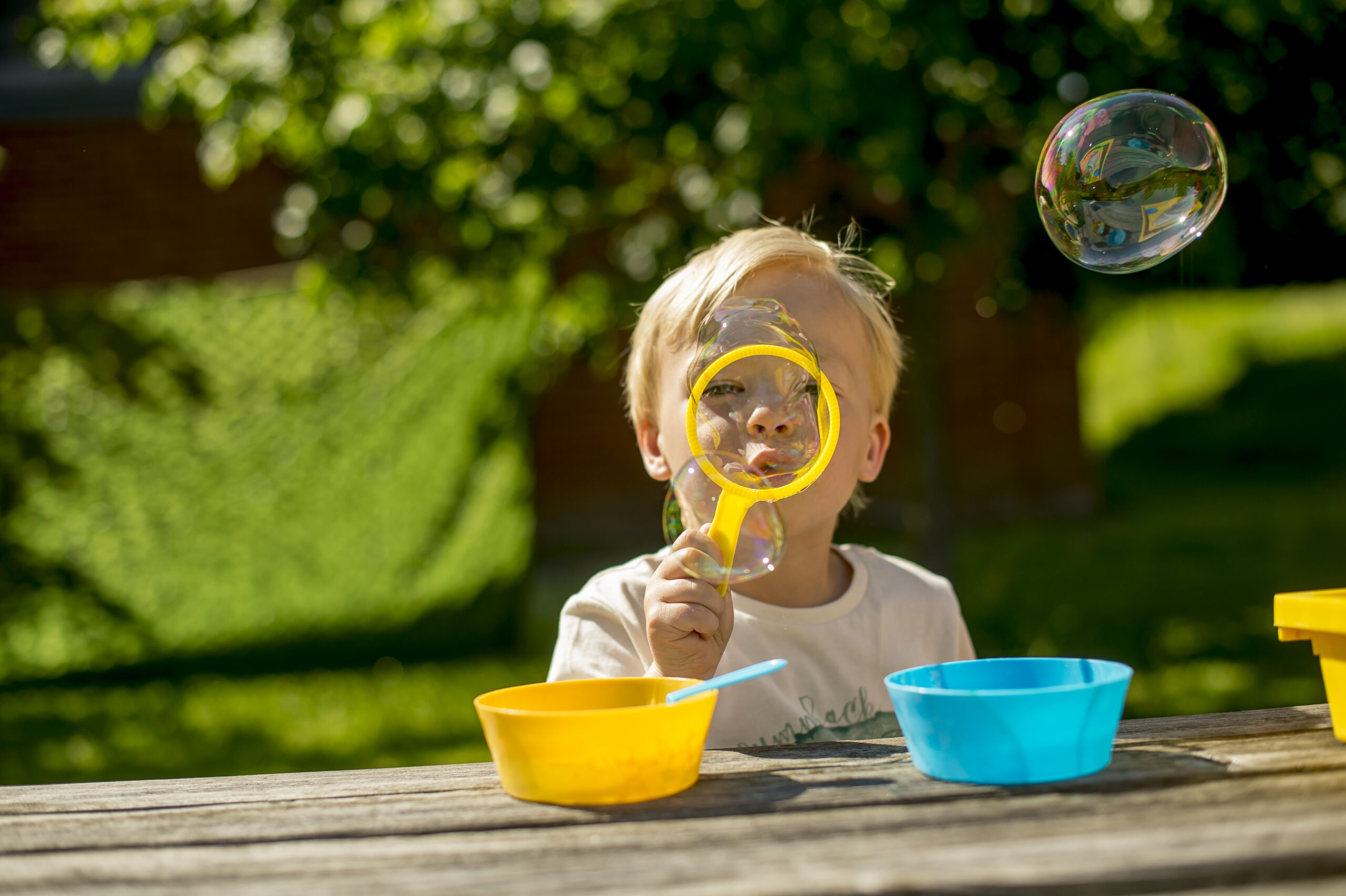Home
Crafts, lanterns, and lights
Magical Lights
Wrap up the year with an evening of lights and lanterns in the museum garden.
Book your place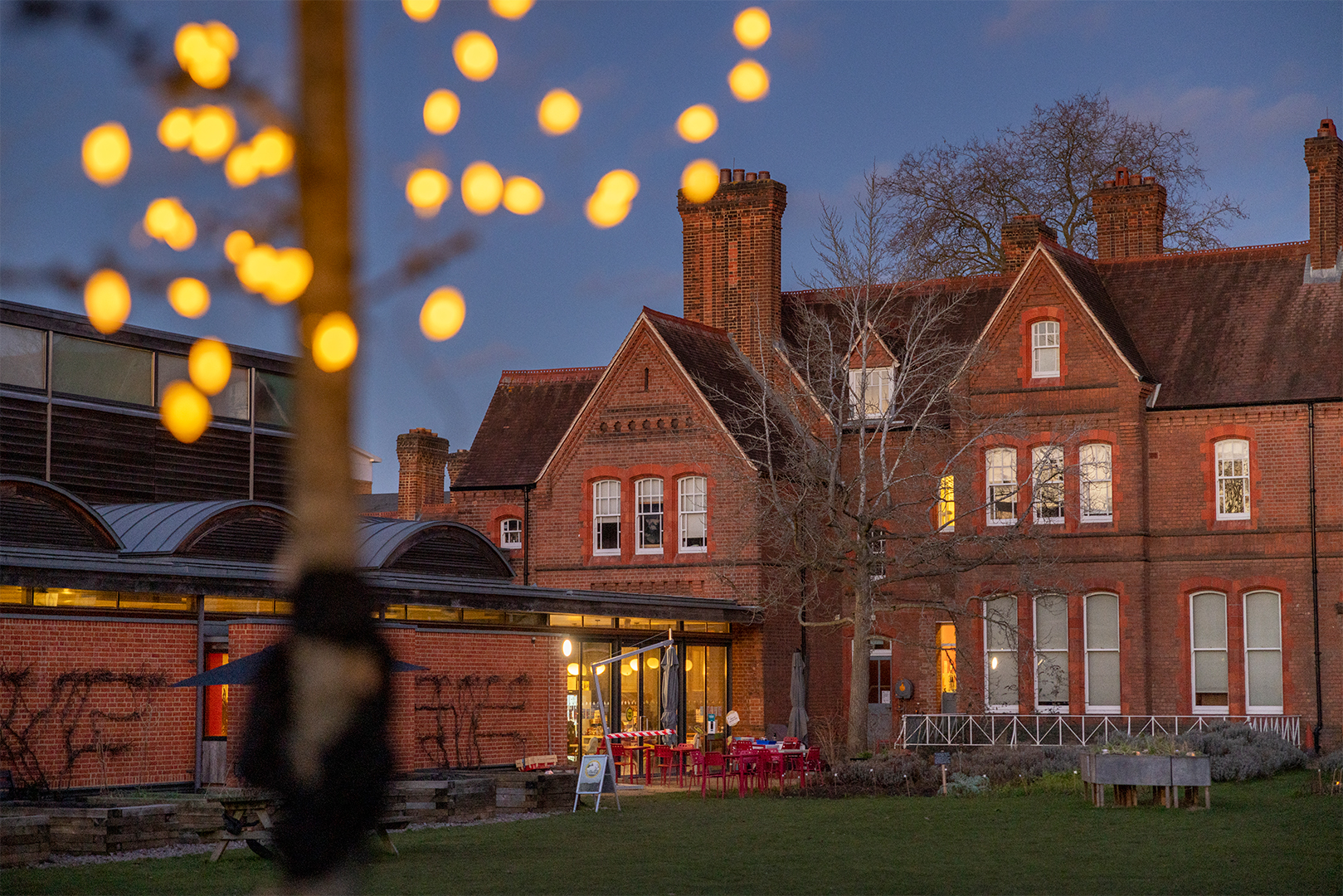
Explore the past and present of the English countryside, and the people whose lives and work define it.
Getting here
6 Redlands Road, Reading, RG1 5EX
Get directions
Opening hours
Museum: Tuesday – Sunday
10am – 5pm
Art Study Room: By Appointment
Full opening hours
